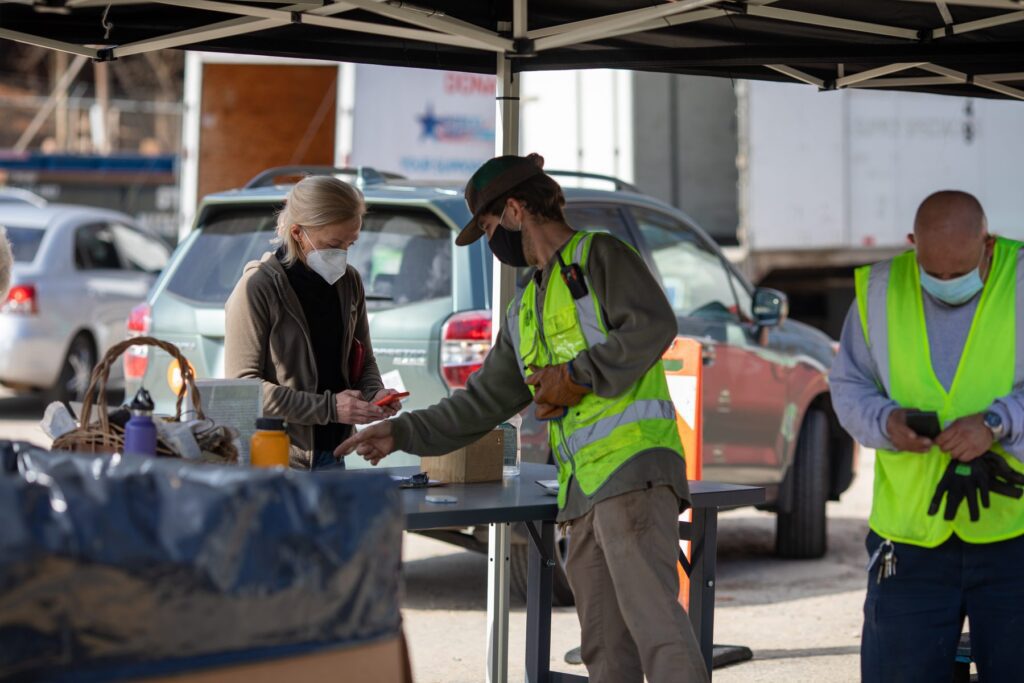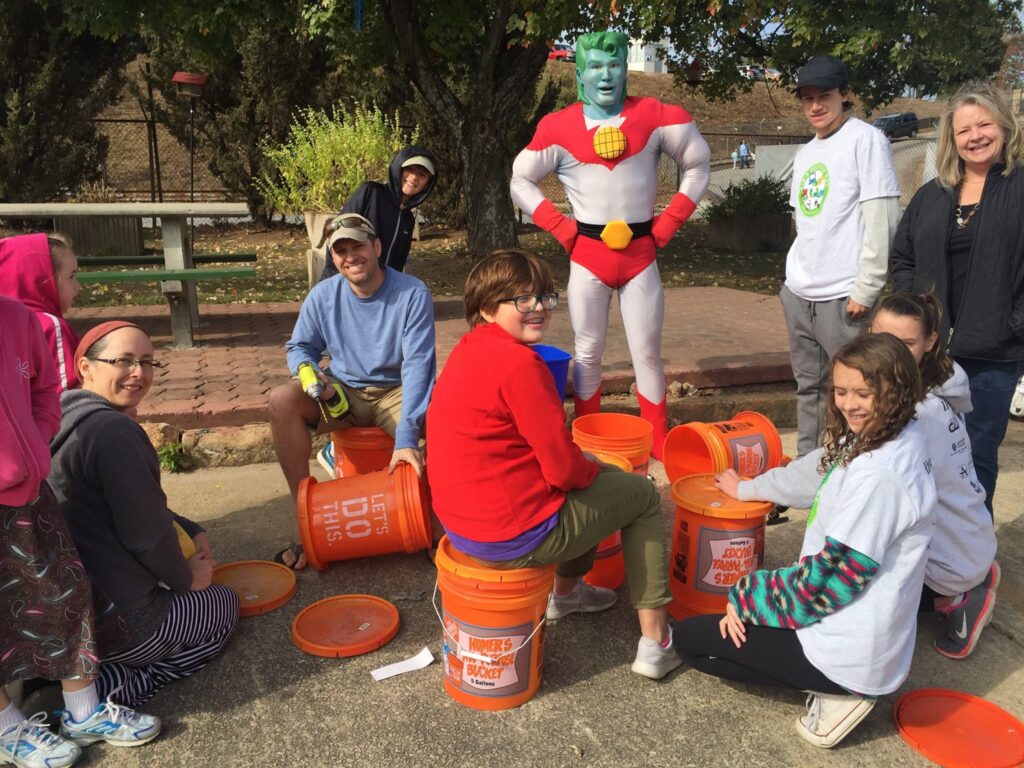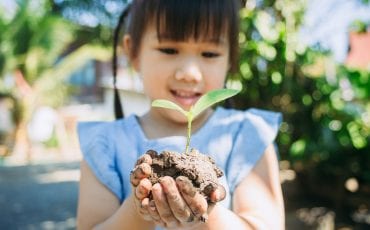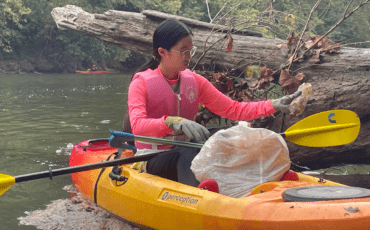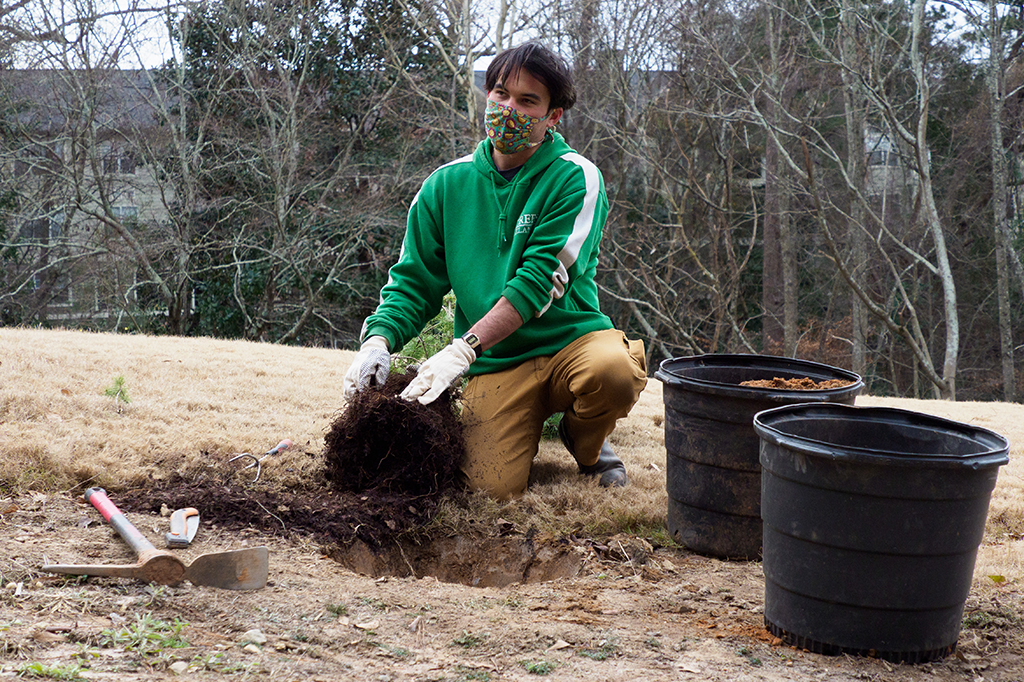Recycling: Do It Right
Likely, you’ve heard of the three Rs: reduce, reuse, recycle. Most people are recycling on some level, but how much do you really know about it? What are the things you should be recycling on a daily basis? What do you do with items your weekly recycling pick up can’t handle? We spoke to Peggy Whitlow Ratcliffe, the Executive Director of Live Thrive’s Center for Hard to Recycle Materials (CHaRM), for answers to these and other important recycling questions.
CHaRM: A permanent drop-off facility that aims to improve environmental health by encouraging reuse and diverting thousands of pounds of household hazardous waste and other hard-to-recycle items from landfills and water systems. Fees: $0-$20. Book an appointment online. At CHaRM, 96% of all items are recycled, repurposed or reengineered. For example, Styrofoam is reused for home insulation, cardboard and paper can be remade into new boxes, and plastics are repurposed into carpet.
Remember the Fab Five.
Recycling doesn’t have to be hard, and an easy way to implement it in your home is by paying attention to specific items.
“Whether you live in a multi-family home, work in an office or are at school, there are five materials that always have value if you recycle them: plastics #1 and #2, aluminum, metal, paper and cardboard,” Ratcliffe said. “If they are recycled clean, dry and loose, they are valuable commodities.”
To recycle, gather items in a bag and dump them into the bin loose — bags are often not recyclable. In order to avoid contamination, recycle items that are clean and dry. Many communities accept commingled recycling, and often you do not have to remove caps or labels, as machines can do that during the separation process. Contamination can render some materials unfit for recycling, such as food residue on paper products, so clean products before dumping them.
It’s not a Fab Five item, now what?
The garage and storage spaces in your house don’t have to be filled to the brim with items you don’t think you can recycle and aren’t sure what to do with. Beyond the Fab Five, CHaRM accepts hard-to-recycle items, including Styrofoam, musical instruments, bikes and bike parts, electronics, shredded paper, paint, chemicals, mattresses, compost, cooking oil, tires, textiles, appliances, metal, books and cigarette butts.
Ratcliffe also recommends digital resources like Earth911, where you can put in what you want to recycle and your zip code, and it will give you the closest location to take that item.
“Things have come a long way,” she said. “There are a lot of people and manufacturers who are really trying to find ways to recycle; if we’re going to have it, let’s find another use for it. We can commit to reusable materials that are sustainable and recapture that into something other than landfilling.”
Ratcliffe recommends an easy step to jumpstart recycling: “Plastic bags, plastic grocery bags, stretchy bags, fruit and vegetable bags or plastic film can be brought to CHaRM, but most grocery stores have locations at their entrance to deposit plastic items. We’ve all forgotten to bring a reusable bag at the grocery store, but the next time you go back, take it with you, so it can be recycled.”
Pay attention to what you buy.
Labels such as “fresh,” “natural” or “eco-friendly” do not denote they are environmentally friendly. When a company purposely deceives the consumer with misleading information to act as if the product is good for the environment when it is not, it is called “greenwashing.”
Some things to think about when you’re shopping: Avoid buying single-use, disposable items; buy products with less packaging; shop in bulk; use reusable bags; buy cloth napkins instead of paper napkins and cloth dish towels rather than paper towels; and try to buy recycled products when you can.
It can also help for you to think about the life of a product before you buy.
“We should try to make sure that for all of these things that we want, we know what we’re going to do with them once we’re done,” Ratcliffe said. “Items do have a second life if properly recycled.”
Another misconception is that the recyclable symbol on a product means it’s recyclable. This is not true; rather, the number inside the recycle symbol is a resin identification code. Instead, check your item for a black and white How2Recycle label. This standardized labeling system communicates recycling instructions, and many brands have opted to add these labels to their products. Find more information at how2recycle.info.
Recycling supports Georgia.
Remanufacturing is like recycling on steroids. It’s an industrial process through which a previously manufactured product or part is returned to a like-new, same-as-new or better-than-new condition through a controlled, reproducible and sustainable process.
“Georgia is number two in the nation for remanufacturing,” Ratcliffe said. “It is a $2.5 billion industry in our state that supports a circular economy. By recycling, you’re supporting the economy in Georgia, providing jobs and making a difference to help the environment.”
Kids Day at CHaRM Decatur
Celebrate Earth Day with a number of environmental groups, recycling partners and corporate partners to provide interactive and educational activities for kids focused on recycling, materials management and how to live a sustainable lifestyle. April 26.
This story was originally published in our April 2023 issue.


